ALCOHOL PREVENTION
Underage drinking is a serious public health problem in Michigan and in the United States. Alcohol is the most widely used substance abused among today’s youth, and drinking by young people poses enormous health and safety risks.The consequences of underage drinking can affect everyone—regardless of age or drinking status.
